Garden purslane
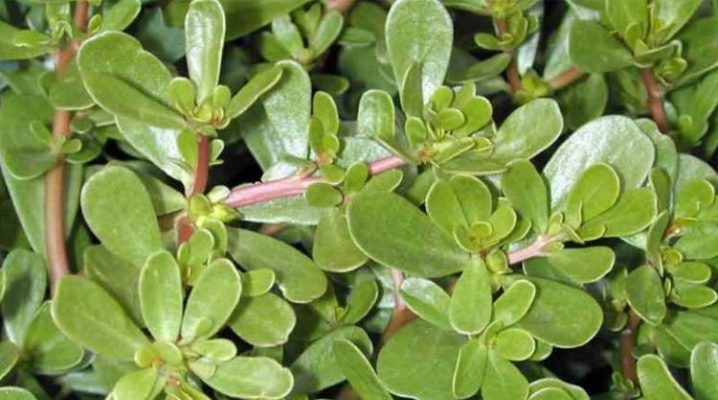
Garden purslane is a common wild-growing flower that is found in many areas. The plant can be used to decorate the area or prepare various dishes. But if you do not monitor its distribution, the purslane will quickly capture new territories, and it will be very difficult to remove it from the site.
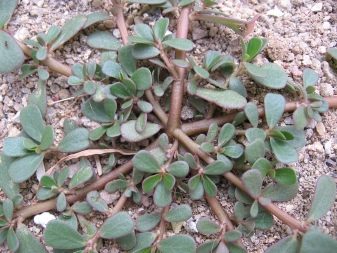
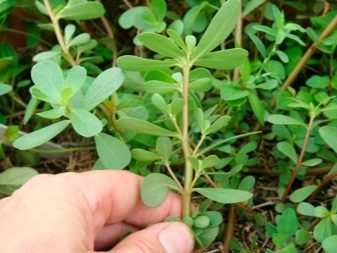
Description
Purslane is a herb that belongs to the purslane family. The plant is also known as Danduri. South America is considered his homeland. But now the plant is found in many countries with warm climates. The herb is distinguished by its love of light and warmth. Therefore, it usually grows in open areas.
The stems of this plant are smooth and slightly reddish. In length, they grow up to 20-30 centimeters. The foliage on the stems of the purslane is fleshy. The bottom sheets are arranged spirally. The upper ones are opposite. Purslane looks most beautiful in those moments when it blooms. This occurs between early June and August. The flowers of the garden purslane are small and yellowish. After the end of flowering, small bolls appear on the stems, in which the seeds are located. It is thanks to them that the purslane multiplies.
There are now several main types of garden grass. The most common varieties are Macovei and Firefly.
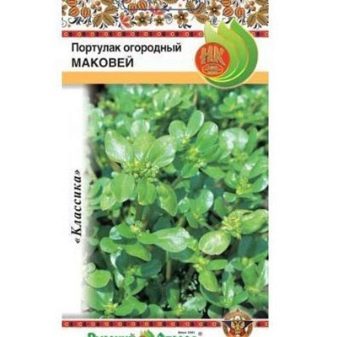
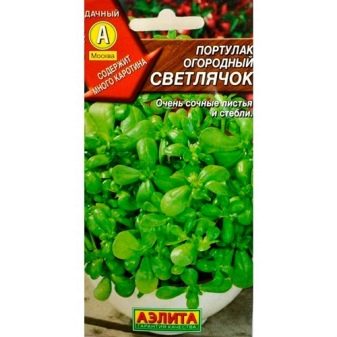
The foliage and shoots of the garden purslane contain many useful substances. Therefore, they can be used in cooking. Fresh purslane gives dishes a sour taste. It is usually added to soups and salads to make them fresher and more delicious. Purslane can also be used as a seasoning for meat and fish dishes. In addition, it is used for making marinades and sauces.
Fresh grass is not stored for long. The collected purslane is recommended to be eaten in the next couple of hours. But if there is a desire, it can be dried. In this case, dried vegetable purslane will be an excellent seasoning for winter delicacies.
Some gardeners use this herb to decorate the site. It grows very quickly. Therefore, it can be used to fill free space in flower beds or decorate the edges of paths.

What soil does it grow on?
Garden purslane is a plant that can grow in almost any soil. Wild grass makes its way even in the seams of paving slabs. In fact, the plants do not need additional feeding. The grass can even grow on poor and stony soil. At the same time, it is recommended to plant it at home in areas with black soil. It is advisable to plant purslane after early vegetable crops. In this case, the grass will build up an edible green mass very quickly.
When planning the planting of an annual garden purslane on the site, it is also worth remembering that it does not grow in the shade. Therefore, it must be planted in a well-lit area.
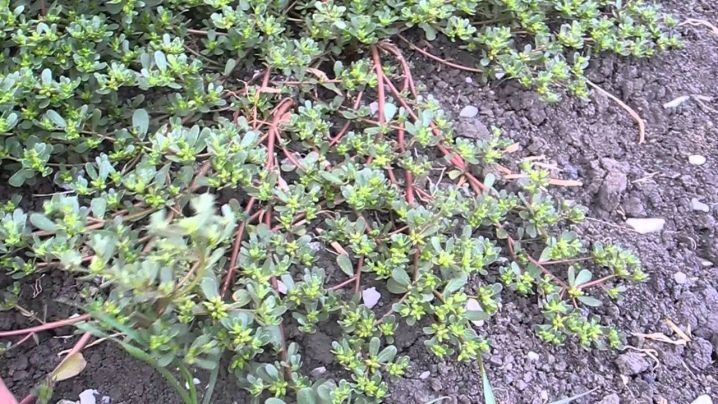
Growing ornamental species
Since the garden purslane is quite unpretentious, even busy gardeners can grow its decorative varieties on their site.
Landing
You should not rush to land the purslane. The plant does not tolerate frost well. Therefore, it is important to wait until the temperature rises to 15-20 degrees. The process of planting a purslane at the site consists of several main stages.
- Preparation of planting material. Many novice gardeners are wondering whether it is worth hardening the seeds before planting in the soil.This procedure is not necessary for purslane. Despite the fact that the grass is thermophilic, it is highly germinating. Therefore, you just need to wait until the soil warms up enough. For planting, you can use both purchased seeds and collected at home.
- Site processing. Dig up the soil before sowing purslane. Further, small grooves are made on the site.
- Sowing. Seeds are sown into the prepared soil immediately. The furrows are sprinkled on top with a very thin layer of earth.
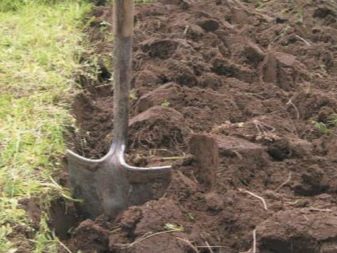
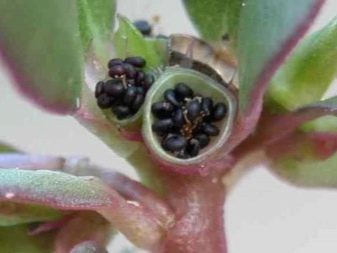
The development of a purslane takes a long time. You can use plant shoots at the age of 2-3 months for food. Therefore, if you want to get the harvest early, purslane should be grown by the seedling method.
In this case, the seeds are sown in containers at the end of winter. With the onset of warmth, the seedlings are transplanted into open ground.
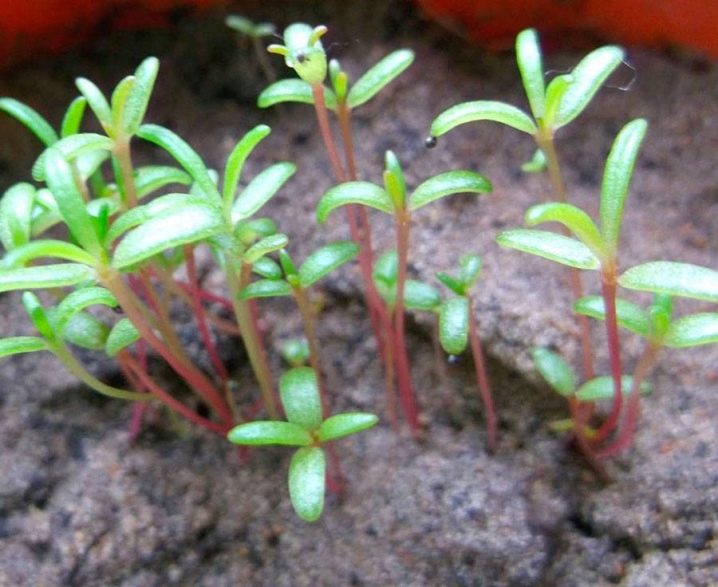
Care
Taking care of a purslane growing in a garden or vegetable garden is very simple. The list of agrotechnical measures consists of just a few items.
- Watering. These plants are watered only if the summer is very dry. This is done so that the greens are more tasty and juicy. Purslane does not react well to excess moisture. In such conditions, his roots may rot. The amount of water used for irrigation should be kept to a minimum.
- Protection from pests. During flowering, purslane often infects aphids. To fight insects, most gardeners use fragrant soap solutions. If they do not help, they are replaced with potent insecticides.
- Disease control. Purslane can affect fungal diseases. The foliage and stems of diseased plants quickly become stained. In order to prevent the spread of the disease and contamination of crops growing in the vicinity, the infected shoots are pruned, and the remaining plants are treated with fungicides.
There is no need to feed the plants. The grass grows very well without it.
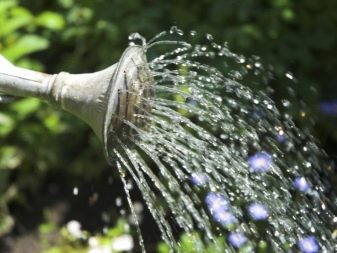
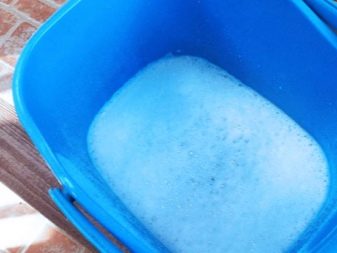
How to deal with weed?
If the purslane appeared on the site against the wishes of the gardener, you must immediately get rid of it. The grass grows very quickly. Therefore, if you miss the right moment, getting rid of the green carpet will be much more difficult.
It is advisable to destroy purslane before its flowering. This can be done in several main ways.
Regular weeding
The simplest of these is weeding the site. People who deal with purslane need to be especially careful. Weeds should not be buried in the soil or left in the garden. This will lead to the fact that the plant takes root and all the efforts of the gardener will be in vain. Therefore, after weeding, the plants must be collected, taken out of the garden and destroyed.
It is impossible to get rid of purslane forever in this way. Therefore, the garden will need to be regularly inspected in the future. Noticing young shoots in the beds, they are also immediately destroyed.
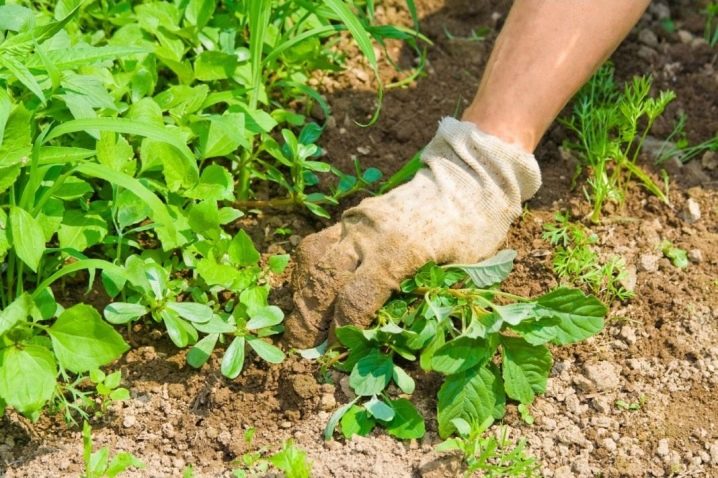
Mulching
You can prevent the spread of purslane in the beds by carefully mulching them. Straw and hay are commonly used as mulch. The layer of dry grass in the garden should be at least seven centimeters. In this case, weeds on the site will appear much less often.
If the bed is heavily weedy, you can also cover it with a thick black film. Without getting enough sunlight, the plants will quickly wither away. After that, the film can be removed along with the dead weeds.

Digging
It helps a lot in the fight against weeds and digging the site. Purslane seeds are unable to break through a thick layer of soil. Therefore, if you dig a bed to the depth of a shovel bayonet, the plants will not be able to germinate again.
It is very important to bury the entire plantlets in the soil. After all, purslane may well multiply through the remnants of leaves and stems lying on the ground. The deeper they are buried, the better.

Emergency watering
This is a rather unusual way to control weeds growing in a flower bed or lawn. In early spring, the site is dug up, and then they begin to water regularly. This helps to speed up the process of emergence of the first shoots. Noticing greens, they are immediately removed.
The plot continues to be watered for another 10-12 days. During this time, most of the seeds of purslane hidden underground germinate. Therefore, it is not necessary to expect a massive appearance of weeds on the site later.
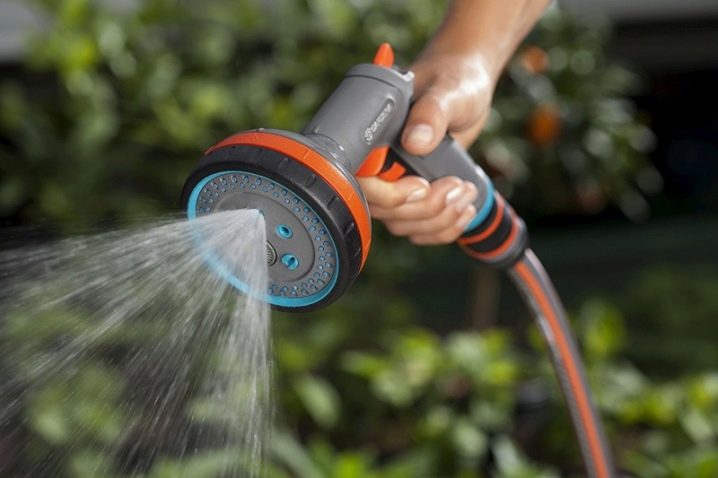
Herbicides
Experienced gardeners know that purslane is immune to most herbicides. These products destroy only greens growing on the surface. At the same time, the seeds remain in the ground. But if the purslane has not yet begun to bloom, it is quite possible to try to destroy the greens with the help of chemicals. The following products are suitable for weed control.
- "Lapis lazuli". This drug is used for prophylactic treatment of the site. If weeds have previously been encountered in the garden, the site should be treated with a solution of this drug in the spring.
- Roundup. This tool can be used in the fight against adult plants. The drug is diluted in water according to the instructions. Most often it is combined with Octigen. Processing the site allows you to get rid of weeds in two weeks. If weeds still remain in the garden, the treatment will need to be repeated.
- "Hurricane". The herbicide is used to prevent seed germination. You need to apply it following the instructions. It is also suitable for destroying purslane that has been torn out and piled up. The product is safe for the environment and also non-toxic to bees. Therefore, many use it on their site.
To ensure that you get rid of weeds growing in your country house or garden, it is recommended to use several methods of dealing with it at once.
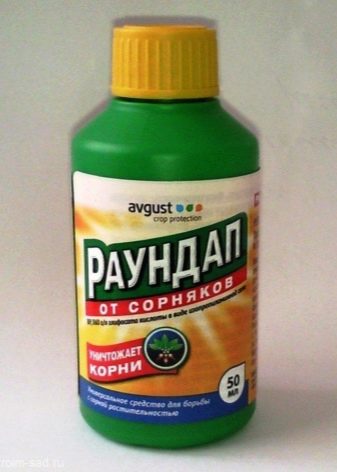
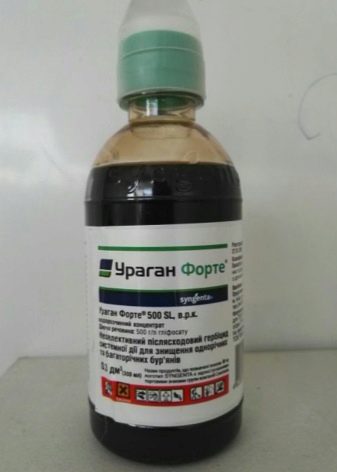
Prevention measures
To spend less time fighting wild garden purslane, the gardener should adhere to the following preventive measures.
- Dig up the area regularly and remove all plant residues. This will help protect the beds not only from weeds, but also from various common diseases.
- Treat the site with Bordeaux mixture. This can be done both in spring and autumn.
- Inspect the beds regularly. Noticing weeds on the site, you need to get rid of it immediately. Juicy greens can be destroyed or used in cooking.
- If purslane is specially grown, the edible parts of the plant must be cut off before the flowers appear. Otherwise, the weed will spread uncontrollably throughout the site.
- Plant siderates. These plants drive out weeds. Therefore, it is recommended to plant them in the area that was infected with wild-growing purslane last year. Siderata will not only protect the area from weeds, but also fill the soil with useful nutrients. This means that in the future on this site it will be possible to grow large and tasty vegetables and root crops.
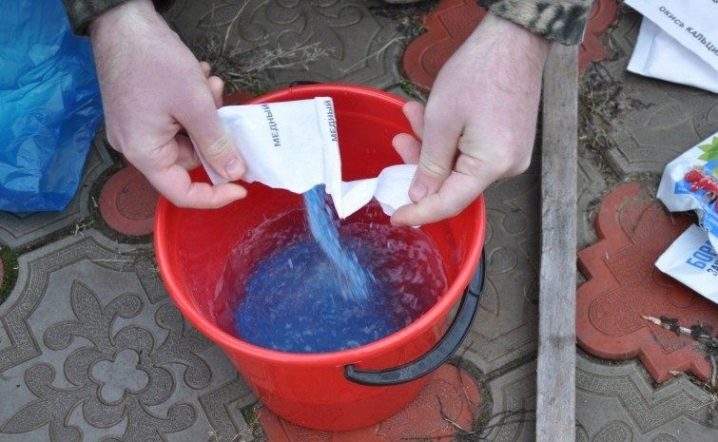
If you do everything right, wild-growing purslane will not interfere with the gardener much. The main thing is not to let him occupy too large territories.













The comment was sent successfully.